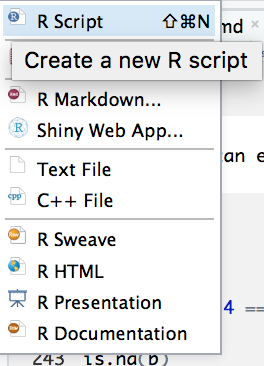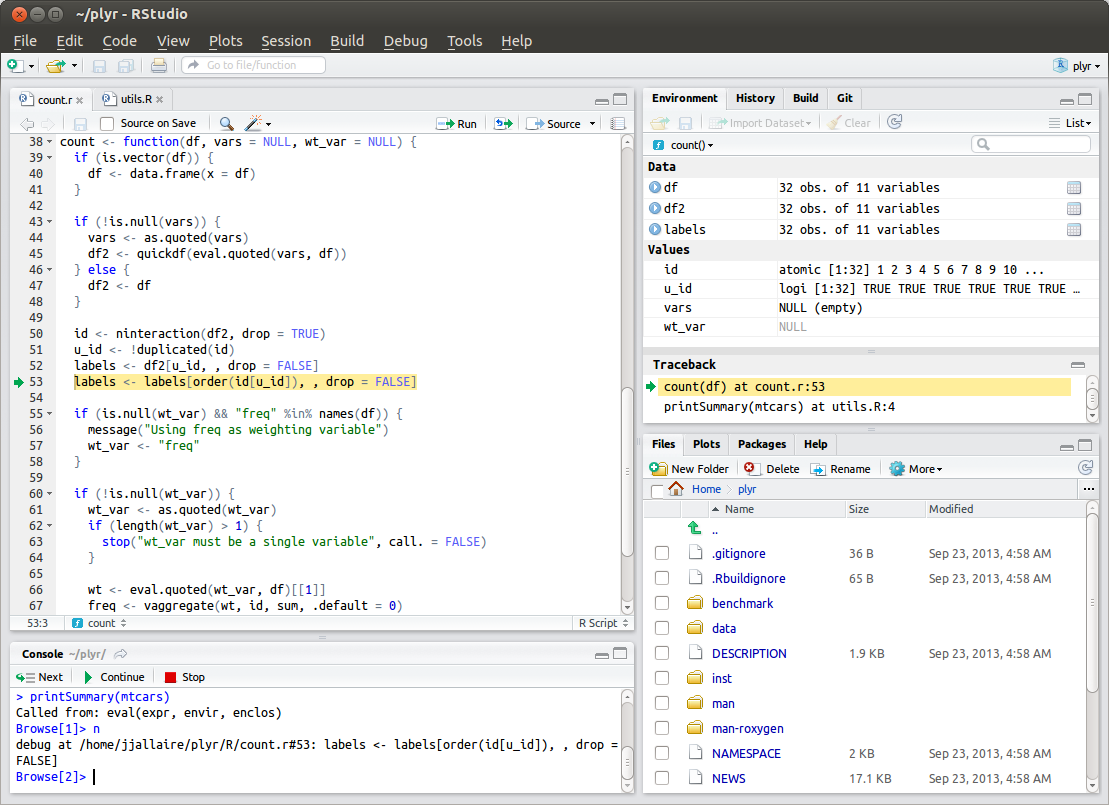

Easy to save and load figures, datasets, etc.Can easily select to display only the output you are interested in.It is very easy to share your output from R.Due to the breadth of its data analysis tools and the way R is operated, understanding R will foster an improved understanding of statistics.Key part of understanding statistics is through real data analysis.Will improve one’s understanding of statistics.Very robust mixed modeling, principal component, factor analysis, structural equation modeling, etc.Advanced functionality often used in practice by scienitists is available in R.Very flexible tools for creating custom graphs and tables.Data visualization tools in R are very extensive.Creating subsets of your data, creating new variables, selecting specific observations and variables is very easy.Can import datasets from most other programs, including Excel, SAS, and SPSS.Capabilities of R are continually growing as doesn’t require large-scale releases to expand functionality.Users can expand the functionality of R through add-ons called packages.
#R script studio install
R takes up less space to install then other such software.

#R script studio license
SAS and SPSS are very costly to use and/or require access through an employer license.However, R has many advantages over other popular data analysis software suites such as SAS or SPSS, even for investigators who do not require R’s advanced capabilities. While R is necessary for many statisticians and data scientists due to it’s computation power and great flexibility, it may not be clear how R is useful for scientists looking to do data processing and simple analyses. 11.3.1 Setting the Seed: Reproducibility in Simulation Studies.11.2.1 Example: Regression Analysis as a Function Call.11.1.1 Example 1: Running many regression models.9.4 Creating your document from the R Markdown file.9.3 Understanding the R Markdown editor.9 Documenting your results with R Markdown.8.4.3 Interpreting results: time dependent covariates.8.4.2 Example: Mullen composite and Visit.8.3.3 Example 2: Categorical Covariates.8.2.5 Example 2: Categorical predictors.7.2.2 Accounting for estimation variance and hypothesis testing.7.2.1 Parameter Estimation: Mean, Median, tutorial, Quantiles.6.2 Creating Basic Tables: table() and xtabs().4.2.6 Editing factor variables: recode() and relevel().4.2.3 Spread, Gather, Separate and Unite.2.3 R and RStudio: What is the difference?.


 0 kommentar(er)
0 kommentar(er)
